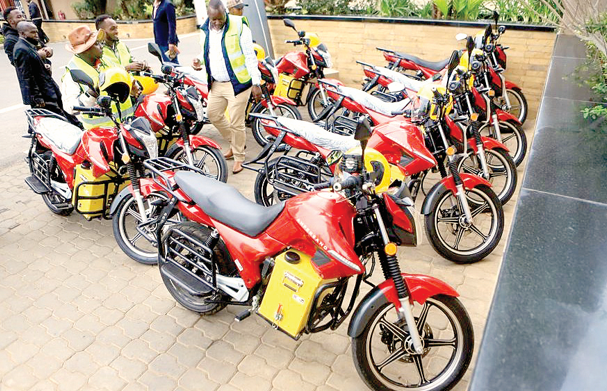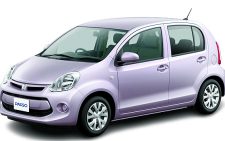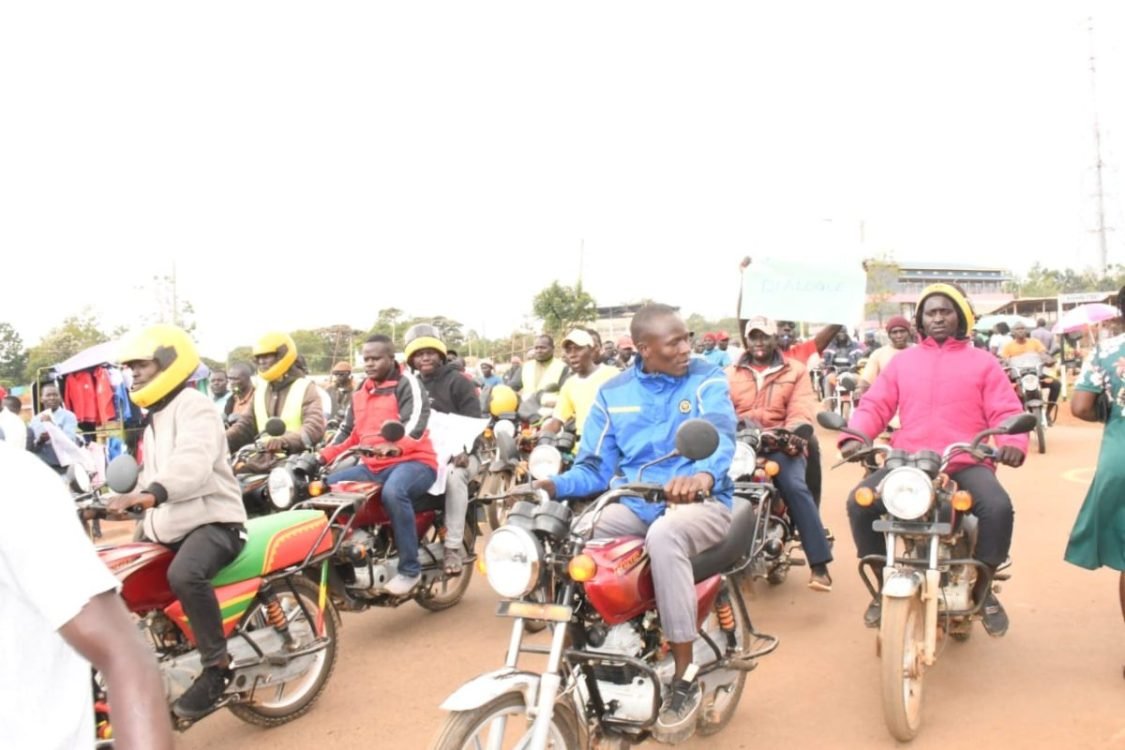Why uptake of e-motorbikes is slow in the Kenyan market

The adoption of electric bikes in the country continues to face significant obstacles, with the cost factor claiming the biggest chunk.
This is despite the government’s supportive measures towards the adoption of electric mobility by reducing the excise duty on electric motorcycles from 20 per cent to 10 per cent and exempting them from value-added tax (VAT).
Kevin Mutiso, the chairman of the Digital Financial Services Association of Kenya, said most motorcycle riders prefer conventional fuel engine motorbikes to electric bikes due to the price factor.
He said, though they range almost at the same price, the conventional one appears to be more efficient due to the ease of access to fuel refilling stations countrywide.
“Right now, the bike frame costs the exact same amount, if not more than that of a petrol engine bike. That’s problematic. So, we need to figure out how we ask the government to give us something that we call either a tax subsidy or tax incentive to make the e-bike frame much more affordable,” Mutiso said.
Additionally, he said, the cost of acquiring the batteries for the e-bikes is also too high, making it difficult for the operators to obtain them at the point of converting from fuel engines to e-bikes.
He is, however, proposing a combined effort mechanism that will help steer the production of the batteries to solve the issue.
Battery technology
“A person who owns battery technology and battery intellectual property rights shall own the future literally. And so, we need to work together with government and ecosystem players to figure out how we position Kenya and the Kenyan e-bike system to be the key and major innovators for battery technology,” he proposed.
Aside from this, the country, according to him, lacks proper infrastructure to facilitate the optimal performance of the e-bikes, as there are limited battery charging stations compared to pump stations. This again leads to more people sticking to the fuel engine bikes despite the numerous benefits that the new bikes have.
“We need better infrastructure and especially charging infrastructure: Collaboration between government bodies, financiers, and manufacturers could help develop the necessary charging infrastructure for electric motorcycles, which will ensure that operators can easily access charging stations, particularly in urban areas where demand is high,” Mutiso explained.
At the same time, access to affordable financing options, which is a significant barrier, has continued to be addressed by non-banking institutions, despite the banks having a wide pool of capital.
This, as per the market trends, can be linked to the high lending rates and assets financing rates which banks have been charging over the previous years.
“The non-bank entities have been the leaders in this transformation. That’s a great point. Where have the banks been? They have the cheapest capital, “he questioned.
This, according to him, presents an urgent need for financial institutions to provide favourable terms when extending out credit as part of their Environment, Social and Governance (ESG) priorities. Compared to the fuel engine bikes, the electric bikes prove to be affordable to the owners as it significantly slashes down on the high cost of fuel.
As indicated in the new Boda Boom report, a rider in Nairobi typically spends around Sh1,000 per day on fuel for an internal combustion engine (ICE) motorcycle. With daily earnings ranging from Sh1,500 to Sh2,250, this means that 40 per cent to 60 per cent of their income is consumed by fuel costs while on the other hand, riders who have switched to electric bikes report an impressive 75 per cent reduction in expenses, bringing their daily costs down to approximately Sh250.
Energy requirements
According to the report, this reduction is primarily due to the convenience of swapping spent batteries for fully charged ones, which is preferred over parking at charging stations. “On average, a rider needs to swap batteries twice daily to meet their energy requirements. A fully charged battery enables a rider to travel about 80 km, sufficient for nearly an entire day’s work,” it states.
The industry currently employs over 2.5 million Kenyans and generates over Sh660 billion annually in terms of revenue, representing 4.4 per cent of the country’s gross domestic product (GDP).
The E-Mobility Association of Kenya, in a recent report, disclosed that in addition to the jobs that the sector has already created, the green transition is expected to contribute to the creation of over 300,000 more jobs for Kenyans in the next five years alone.
Kenya has actively developed policies to promote electric mobility (e-mobility). A draft national e-mobility policy was launched in March 2024, outlining a framework for transitioning to sustainable transportation and reducing emissions.
The policy aims to encourage the adoption of electric vehicles (EVs), including local manufacturing and assembly, infrastructure development, and technical capacity building.














